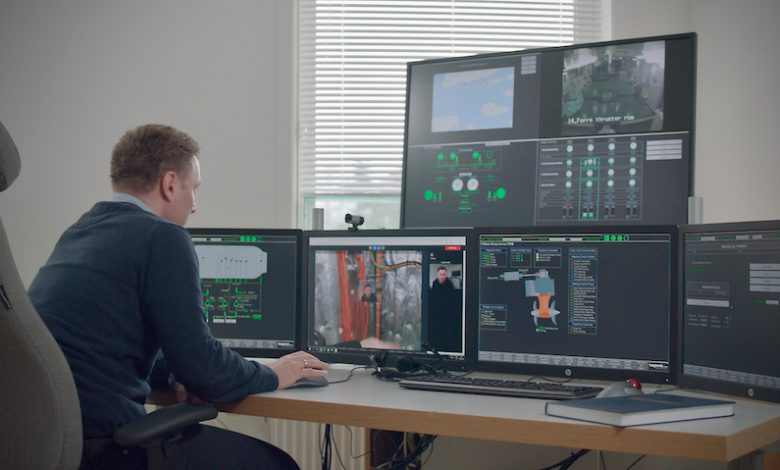Fjord crossing another landmark en route to autonomous shipping

The path towards autonomous shipping has cruised passed another landmark moment this week during the Nor-Shipping exhibition near Oslo.
Classification society DNV GL, automation systems vendor Høglund, ferry operator Fjord1, and the Norwegian Maritime Authority (NMA) have completed the first testing phase of the ROMAS (Remote Operation of Machinery and Automation Systems) project, revealing their results at the trade fair this week.
As ship systems become more complex, operators increasingly rely on the suppliers of individual systems to operate and maintain them. At the same time, finding machinery engineers who have the skills to deal with these sophisticated systems and are willing to work on board for weeks or even months is challenging.
One way of dealing with this is through remote operations. The key concept is to move the engine control room (ECR) from the ship to a shore-based engine control centre (ECC), where chief engineers can operate the propulsion and auxiliary machinery systems of a single ship, or a fleet of vessels. The ROMAS research project is working to develop technical solutions and establish a framework of regulations, rules and verification methods to enable the remote, shore-based operation of ship machinery and systems.
“The overall goal of ROMAS is to provide improved operations and cost-efficiency while ensuring a safety level that is the same or better than today’s conventional operation,” said Steinar Låg, principal researcher on autonomous ships in DNV GL and ROMAS project manager. “But transferring responsibilities, monitoring, and control facilities to shore also reduces the need for machinery engineers on board, which could make marine engineering jobs more attractive.”
The test campaign was conducted in the first quarter of 2019, using the Fjord1 ferry Fannefjord, with the ECC established at Fjord1’s office (pictured) in Molde. The Fannefjord is a DNV GL-classed LNG/battery/diesel powered roro that operates on the 35-minute crossing in Moldefjorden between Molde and Vestnes.
Kim Gunnar Jensen, project engineer in Fjord1, observed that digital and connected solutions onboard the high tech vessel enable more remote operations with increased shore support for improved safety and efficiency. “The ROMAS pilot project provides us with an arena to explore these possibilities and find solutions for a new generation of ferry transport that will benefit all stakeholders.”
The long-term plan is to use the experience from the project to guide future operations and the development of new products and services, including a ‘remote ready’ integrated automation system (IAS) from Høglund, the applicable rules and approval in principle programs from DNV GL, and regulations from the Norwegian Maritime Authority, to enable Fjord1 and other shipowners to consider commercial deployment for new generations of ships.
